In the tastes-better-than-the-picture category we have today's lunch offering. A conversation earlier in the day with my friend Blujay about ways to use sprouts brought up the idea of putting them into a curried carrot salad.
Salads are so wonderful in the warmer months, keeping a couple on hand in the fridge means you always have something for lunch or dinner. I love the idea of assembling a bunch of different salads for a composed plate as a refreshing way to make a meal. If you don't happen to have fresh sprouts on hand you many grocery stores now carry them although they're certainly easy to make and I think it's better to get them fresh, it's certainly easy to do.
Curried Carrot Sprout Salad
6 large carrots, topped and shredded
1 C. fresh bean sprouts
1/4 C. dried currants
1/4 C. raw sunflower seeds
1/4 C. chopped walnuts
1/2 C. mayonnaise
1 t. curry powder
salt to taste
Mix all ingredients together
Let sit in fridge for at least two hours to chill and for flavor to settle
Bean sprouts are very healthy. The act of sprouting forces the bean to convert some of it's starches, this makes it more easily digestible. Many of the nutrients are increased by sprouting as well, especially vitamin A, vitamin C and some of the B vitamins. They can be made year round using very simple equipment, just a pot, a sieve and an insulated space.
I use mine in salads, green smoothies, blended into soups and sometimes just as a snack. They are delicious
Homemade Bean Sprouts
1/2 C. assorted dried beans (I like adzuki, mung, lentil and black beans)
Sort through beans and rinse
Put in a metal pot, cover with water and set in the oven overnight (oven is off)
In the morning drain and rinse the beans well
Return to the oven
Repeat until beans have 1/2″ long tails
Rinse and eat
May be stored in the fridge but make sure they are fully dry before you do that to avoid spoilage
Note: when making your sprouts it is helpful to put a note stating “sprouts” on the oven door so that people don't preheat the oven without looking and accidentally cook your sprouts. Just saying…
Category Archives: legumes
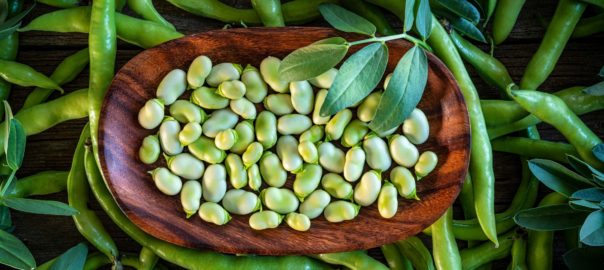
Luscious Limas
Recently we had a our friend Eric over for dinner. As part of the meal we served this lima bean dish which is one that everyone likes. Eric not only had seconds, he asked for the recipe. I figure anytime you have a teenaged boy willingly eating lima beans and asking for more you've got a recipe that is a definite keeper.
- An excellent source of iron, one cup offers nearly 25% of the daily recommended intake
- Protein - one cup of lima beans can provide 15 grams of protein
- A wonderful source of folate which is an important B vitamin that is vital for DNA synthesis and repair while also supporting cellular and tissue growth
- Rich in isoflavones which have been shown to be anti carcinogenic for breast cancer
- A good source of potassium which supports protein synthesis and carbohydrate metabolism as well as supporting nerve and muscle function
- There’s a good amount of manganese in lima beans; this co-enzyme supports metabolic activity as well as bone health
- Also a good source of magnesium which is required for over 300 enzymatic functions in the body
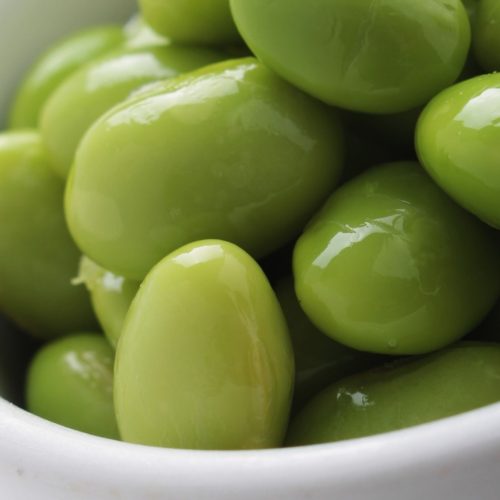
Luscious Limas
Ingredients
- 1 med. red onion diced
- 2 ribs celery diced
- 2 C. lima beans
- 1/2 C. vegetable broth
- olive oil
- 1 t. nutritional yeast
- salt and pepper
Instructions
- Saute the onion in the olive oil until just starting to soften
- Add the celery and saute 2 more minutes
- Add the lima beans and vegetable and cook on med-low until limas are cooked through
- Add extra broth if needed
- Sprinkle with nutritional yeast
- Add salt and pepper to taste
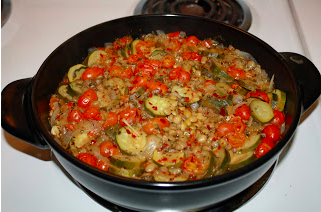
Tuscan Lentil Stew
I love lentils
This recipe is one that I created as sort of an Italian style ratatouille, a French peasant stew. I substituted the lentils for the eggplant to give a protein boost and it's a great variation. Served over polenta with a side of spinach sauteed with garlic, lemon and Italian spices it makes a fabulous meal. So I've decided to call it Tuscan Lentil Stew. Whatever you call it, it sure is delicious! And the leftovers, if there are any, are even better than the original because the flavors continue to mellow and combine even after cooking.
Lentil nutrition
Lentils referred to in Indian cuisine as daal, come in a number of different colors/types. There are the traditional brown lentils that most of us see at the grocery store. You can however also buy red lentils, which have less fiber, the dark French green ones, a yellow lentil, and a type called Masoor which are brown on the outside but red on the inside. When combining lentils with a grain, such as rice, you get a complete protein as all of the essential amino acids are present.
Lentils are tasty little legumes which pack a powerful nutrition punch. High in fiber, protein, folate, iron, potassium, folate, and manganese, they are quick-cooking and easy to use in a wide variety of dishes and cuisines. They don't require lots of soaking and can be quickly prepared and ready for a dish without too much effort.
- 1 C. lentils rinsed and picked over
- 1 onion chopped small
- 3 cloves garlic minced
- 3 zucchini cut into 1/2" slices
- 1 bell pepper diced
- 3 tomatoes diced
- 1 1/2 t. Italian herbs
- 1/2 t. red pepper flakes
- 2 T. olive oil
- 2 1/2 C. vegetable stock
- In a stockpot heat olive oil and saute onion and garlic until onion is starting to soften
- Add the herbs and bell pepper and saute one more minute
- Add remaining ingredients and simmer on med-low until lentils are done, about 30 minutes
- You may need another 1/2 C. of stock
- Salt to taste
- Delicious served over polenta and topped with fresh grated parmesan cheese
- 1 C. cornmeal (I prefer fresh ground but you can use store bought, be sure it's organic corn)
- 1 tsp. salt
- 3 C. water
- Bring water and salt to a boil
- Reduce water to a simmer
- Very slowly add cornmeal (this is important to avoid lumps)
- Cook approximately 20 minutes until mixture thickens
- Remove from heat and pour into a pie plate (for triangles) or a cake pan (for squares)
- Let polenta set for 10-15 minutes
- cut and serve
Updates for Tuscan Lentil Stew
Thanks for your creativity & recipe. I have always enjoyed reading your posting about nutrition and yummy recipes. Keep up the great work!
“- Her method for making polenta “I put the mixture into the top of a double boiler and then don't need to keep stirring or even to check it, until it is about ready and it does not scorch if I don't check right on time.” – This is a great idea and I plan to try the double boiler method the next time I make polenta. One of the things that I like most about this method is that it removes the possibility of scorching which can be a problem.
- “I don’t have any “Italian spice” mix but assume that it would include basil, oregano, parsley and perhaps a bay leaf and or some rosemary I’m really looking forward to trying, tasting then relishing this dish this evening.” – My personal mix, which I use for an Italian style seasoning if I happen to be out of my favorite Penzey's Italian Herb Mix, is 1 tsp oregano + 1 tsp basil + 1/2 tsp thyme + 1/2 tsp rosemary (crushed in a mortar and pestle) + 2 tsp parsley. This makes more than you need for the Tuscan Lentil Stew recipe but is delicious on a lot of things.
-
“I’m eating the stew right now; it is delicious. The lentils (which are a small dark variety) cooked up fine in the half-hour with just a prior rinsing, no soaking needed. I cubed a ball of buffalo mozzarella into the polenta after it cooled for 10 minutes, before transferring it to a round pan to firm up. Now, with the hot stew on top, the cheese melted into the wedge and the topping of freshly grated Parmesan on top give it all an extra, rich fillip. Thank you for sharing this recipe.“ – I love the idea of cubing some mozzarella into the recipe and can see how that would add a tasty texture to the polenta.
No-knead Mesquite Bread
 Those inventive folks over at Craftzine.com have come up with a new twist on the, by now, ubiquitous no-knead bread. Laura, one of the Editorial Assistants, found my post about mesquite flour and emailed me to let me know about this really fun article on how to harvest and process mesquite to make the flour. It includes a recipe for No-Knead Mesquite Bread which they said I could share with all of you. Living here in Texas I know we have mesquite, but there isn't any in my area. I'm going to have to learn to identify it though so that if I find any in my travels I can harvest the pods.
Those inventive folks over at Craftzine.com have come up with a new twist on the, by now, ubiquitous no-knead bread. Laura, one of the Editorial Assistants, found my post about mesquite flour and emailed me to let me know about this really fun article on how to harvest and process mesquite to make the flour. It includes a recipe for No-Knead Mesquite Bread which they said I could share with all of you. Living here in Texas I know we have mesquite, but there isn't any in my area. I'm going to have to learn to identify it though so that if I find any in my travels I can harvest the pods.
No Knead Mesquite Bread Recipe
3 cups white flour
3 tbls mesquite flour
½ tsp yeast
1 ½ tsp salt
1 ½ cups of water
Mix dry ingredients in a bowl
Add water and mix
Stir with fork (mix will be sticky)
Cover in a bowl, let sit overnight
Place bread dough on cutting board covered with towel for 2 hours
In metal bowl bake in sun oven @ 350 for 1 hour

How To Eat Beans
My friend Sam writes, "Do you have some tricks to help me to eat beans? Me who HATES the texture of beans or anything remotely chalky. We do like Mexican but I won’t touch re-fried unless they are buried under cheese. I don’t like lentils in any way, shape or form."
Benefits
Beans are a great; high in fiber, B vitamins and protein they are an excellent food to add to the diet. Different beans have different micronutrients so varying the types of beans that you eat is a good nutritional choice. Right now beans are available fresh from the farmer's markets.
Recipes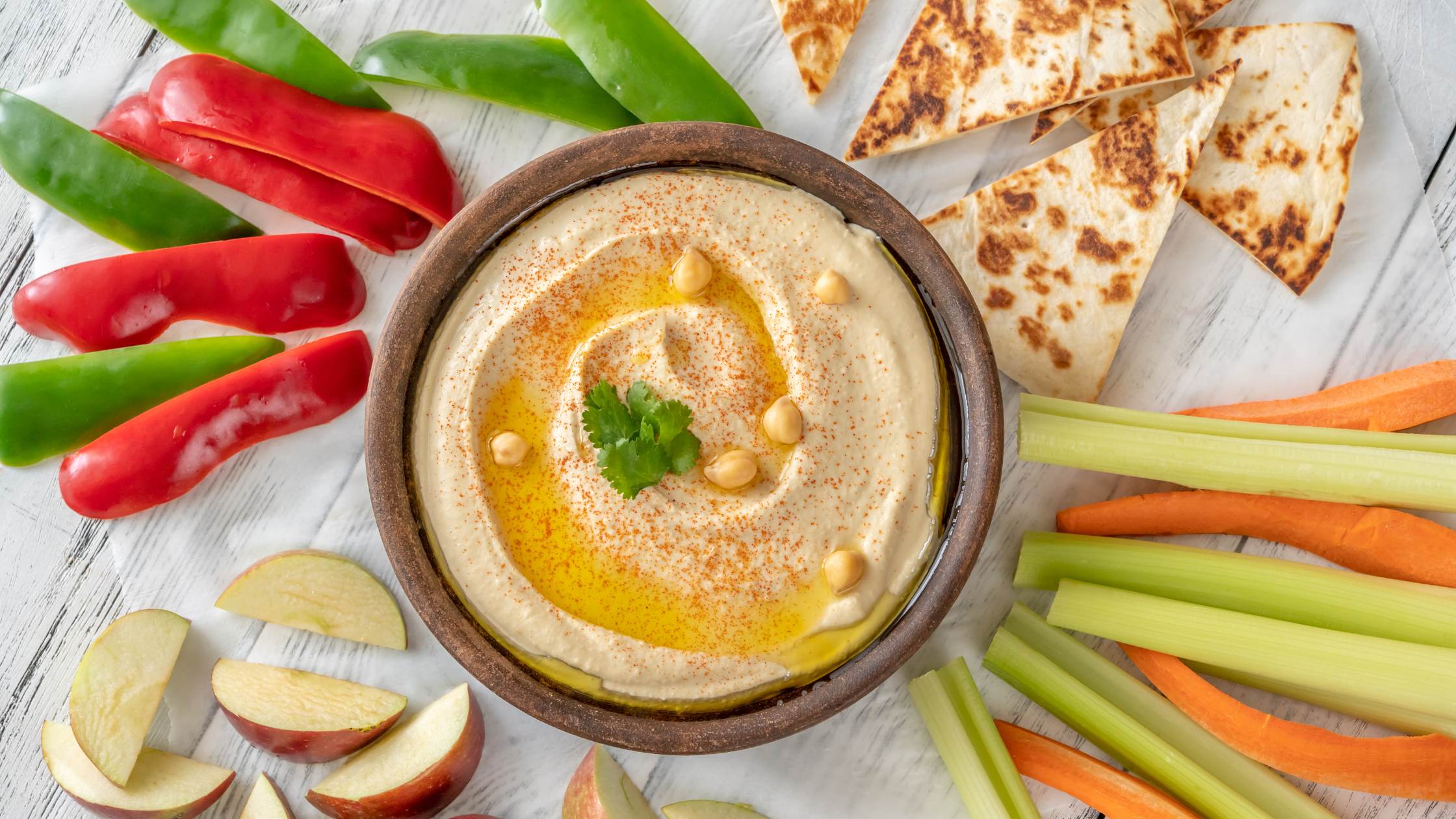
They are very tasty, not chalky and make a great addition to a lot of different dishes such as my peas-y peas and celery.
Another great way to eat beans is to use them to make a spread like hummus. Hummus is made from chickpeas, but you can make something similar with other beans. Add spices and herbs to flavor it anyway you want; this makes a great dip for veggies, pita bread, or crackers.
One of my favorite ways to eat beans is to take cooked beans (although canned beans are fine too), mash them up with sauteed minced onion and garlic, add some chopped parsley and curry powder and make patties out of it. Pan fry the patties, stuff them into a pita with frisee lettuce, chopped tomato, and a delicious sauce (suggestions include tahini, spicy yogurt, or a falafel sauce) and you've got a great meal with beans.
A third suggestion would be to take dried beans, grind them into a flour (a grain mill works best for this although there is a KitchenAid attachment that will also do the job) and then add that to a tomato sauce for casserole dishes or put the flour into baked goods. You'll still get the protein and nutrients from the beans but they won't be so obvious in your food.
As the saying goes, beans are good for your heart. Eat some today.
Other Bean Recipes:
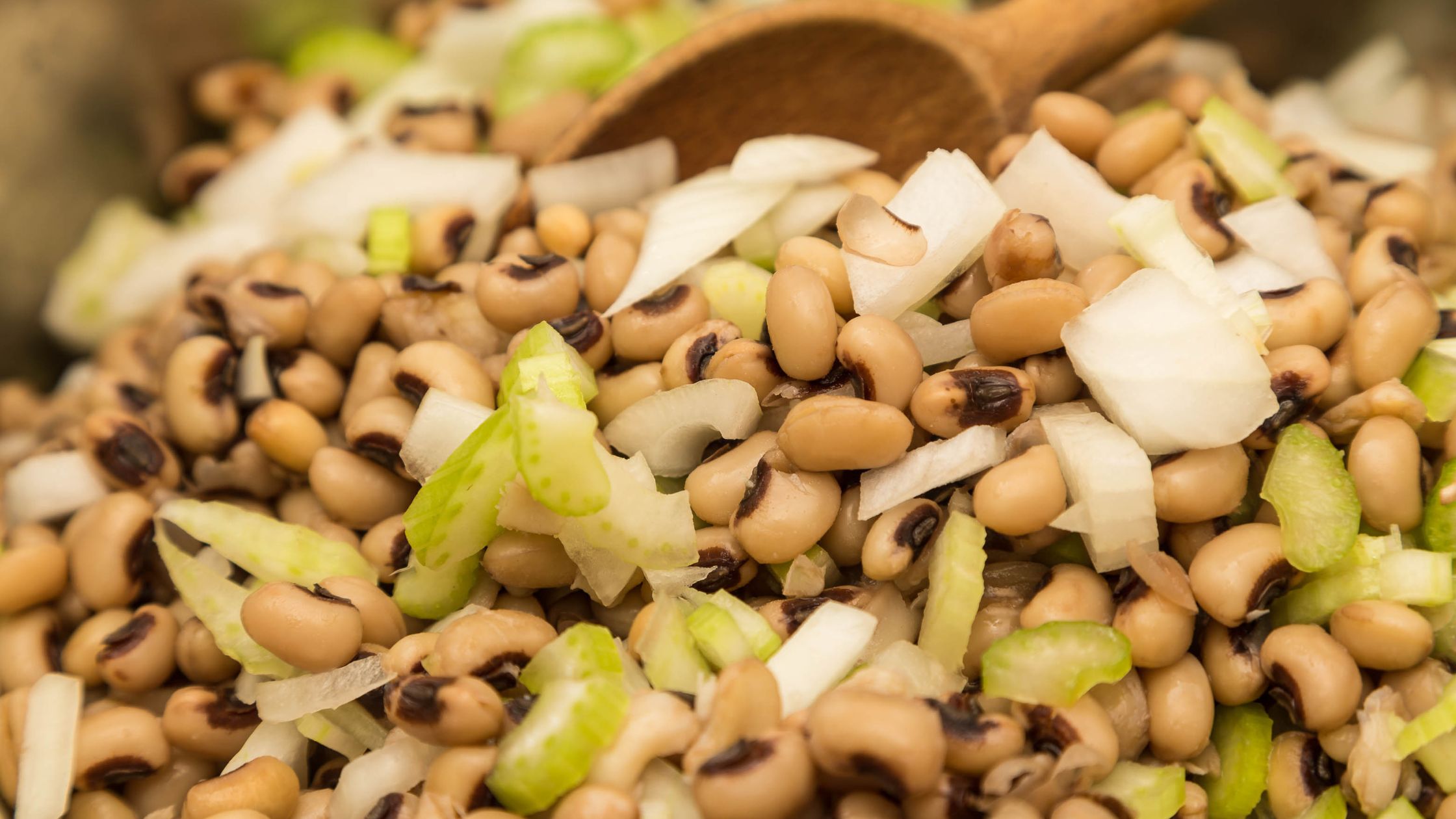
Peas-y Peas And Celery
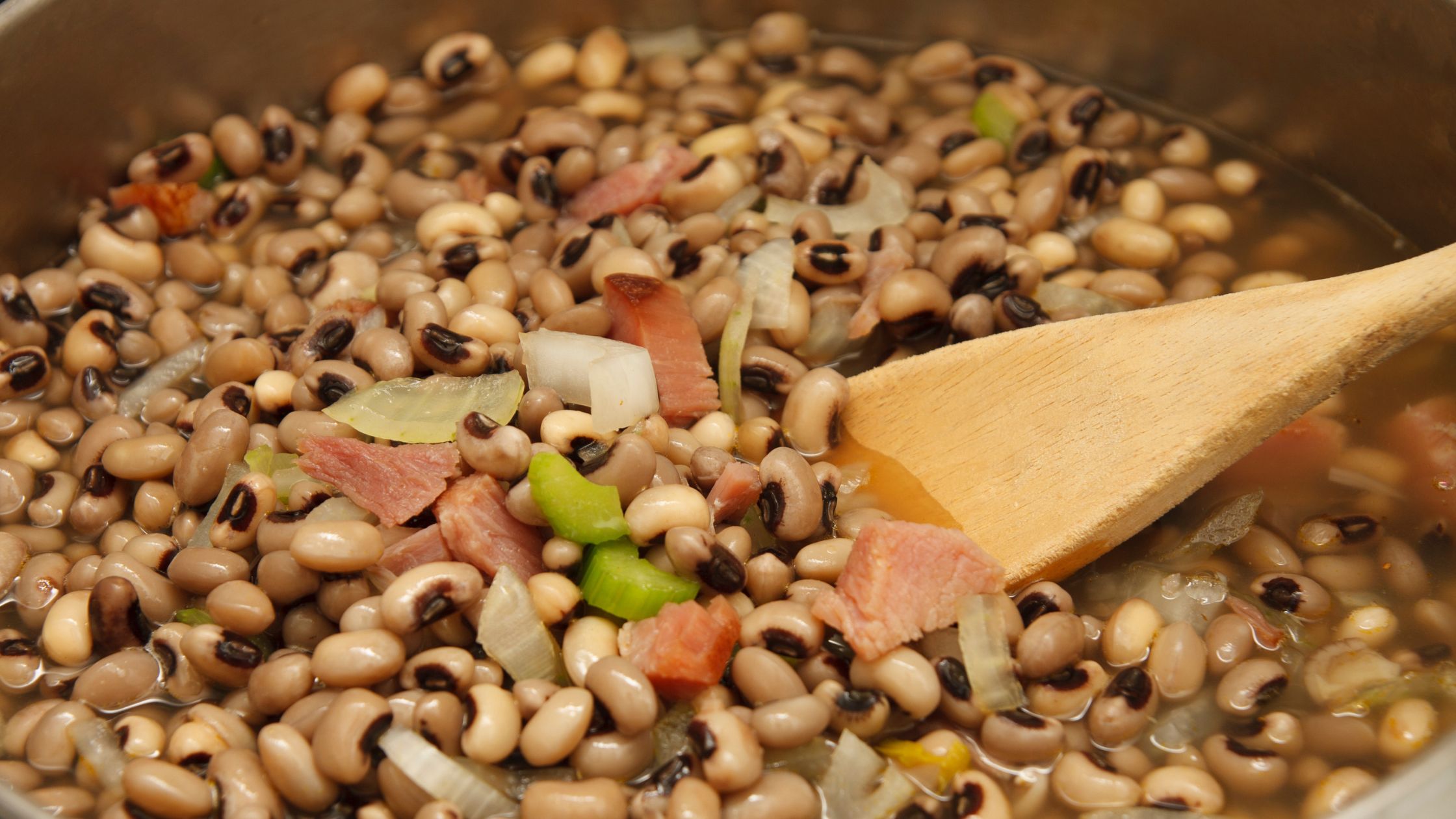
Peas-y Peas and Celery
Ingredients
- 1 1/2 T. vegetable oil
- 1 small onion, chopped
- 1 clove garlic, minced
- 3 C. vegetable broth
- 1 C. fresh purple hull peas
- 1 C. green peas
- 1 stalk celery, diced
- salt and pepper, to taste
- 2 t. butter
Instructions
- Saute onion and garlic in olive oil until onion begins to soften
- Add broth and vegetables and bring to a low boil
- Reduce heat to low, cover, and simmer for 30 minutes, or until beans are just tender
- Drain liquid, toss vegetables with butter, salt and pepper
I'm sure you'll like them too. So much that I'm sharing this recipe from the farmer's market for their summer succotash. As the farmer points out, if you can't get purple hull peas you can always substitute fresh baby lima beans, fresh cranberry beans, or fresh black-eyed peas.
Mesquite Flour
My friend Misty asked me “What do you know about mesquite flour?” Mesquite (genus Prosopis) is a deciduous, leguminous tree that grows quite well in Texas and Mexico and has a range that goes as far north as Kansas and westward to southern California. Most people use the wood to create a flavorful smoke that imparts a fabulous taste to barbequed meats. But mesquite also has another purpose.
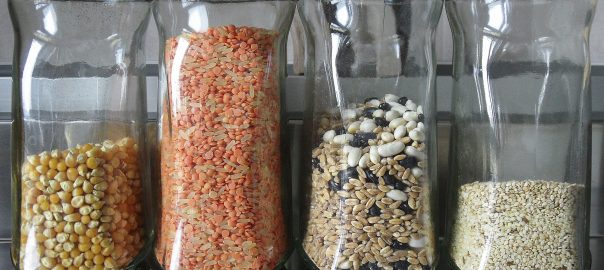
What You Need To Know About Amino Acids
Amino Acids Are The Building Blocks
Going meatless
There's a lot of media attention to the idea of reducing how much meat we're eating. Including a suggestion for ditching the meat at least one day a week and switching to Meatless Mondays.
If you are a meat eater who is simply trying to eat less meat, incorporating a vegetarian plan one day a week can be a great way to get started. But it's important that you don't become a carbotarian and simply add lots of pasta or simple carbohydrates for your meatless meals. While getting proper nutrition from vegetarian meals requires a little more thought and effort, it is not difficult.
Amino Acid Food Combinations
- a Korean dish called Kong bap is a mixture of seven grains and four beans. Because this dish contains beans (adzuki beans and green peas) and grains (barley, rice, Job's tears, sorghum, and corn) it provides all of the essential amino acids. This dish also has soybeans which are considered to be a complete protein by themselves.
- South and Central America have many dishes that call for a combination of beans with corn
- In the Middle East, there is hummus or falafel (made from chickpeas) and whole wheat pita as a common option
- India brings us dal (lentils) and rice
Delicious lentils for dinner
- 1/2 C. rinsed lentils
- 1 C. rinsed red rice (can use brown rice if you prefer)
- 1 green pepper, diced
- 1 onion, diced
- 2 T. curry powder
- 1 T. nutritional yeast
- 1/2 t. fresh ground black pepper
- 3 1/2 C. vegetable broth
- 1 T. olive oil
- Saute the pepper and onions in the olive oil until just starting to soften
- Place all dry ingredients into the crockpot
- Add broth and stir well
- Cover and cook on low for 5-6 hours (check at 4.5 hours to see if you need a little more water)
- Add salt to taste after done cooking
- Note: Don't add the salt while cooking because it will delay the lentils from softening
Creamer And Meatless Meals
My friend Karen recently asked me what she could use for a substitute for vanilla cinnamon Coffeemate creamer. She would like to give up the artificial ingredients in the creamer. The best substitute that I can think of is to flavor a half pint of light cream with the amount of vanilla and fresh ground cinnamon (which will be stronger than the already ground stuff). Mix it all together and keep in the fridge until you need it. A half pint is 8 ounces and should remain good for approximately 10 days. The cream really is not that bad for you if you are simply using a small amount for flavor and smoothness. Of course if you are one of those people who take a little coffee with your cream this is not going to work.
I'm sure there are many others but these are the ones that I like the most.

